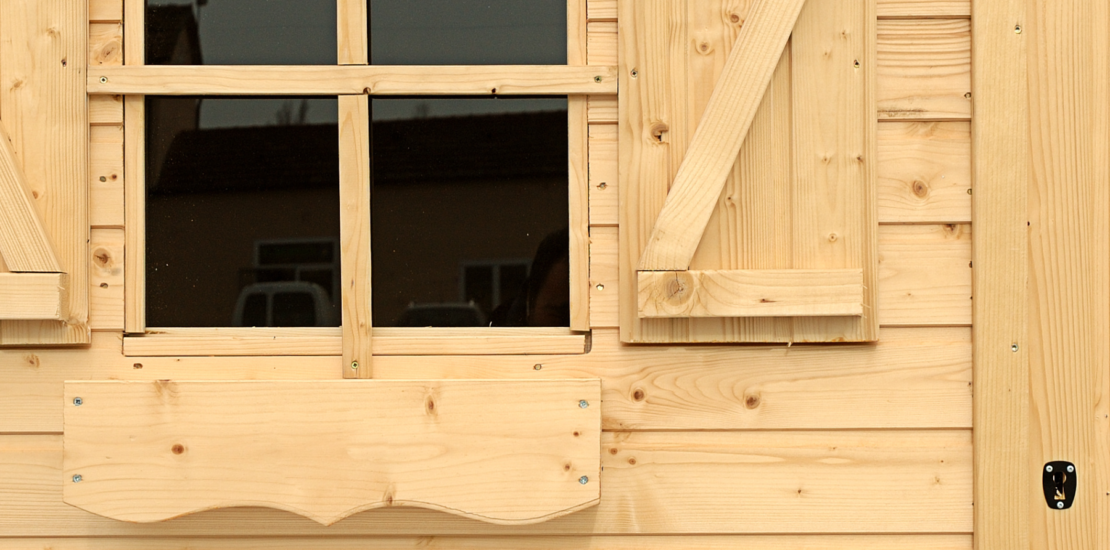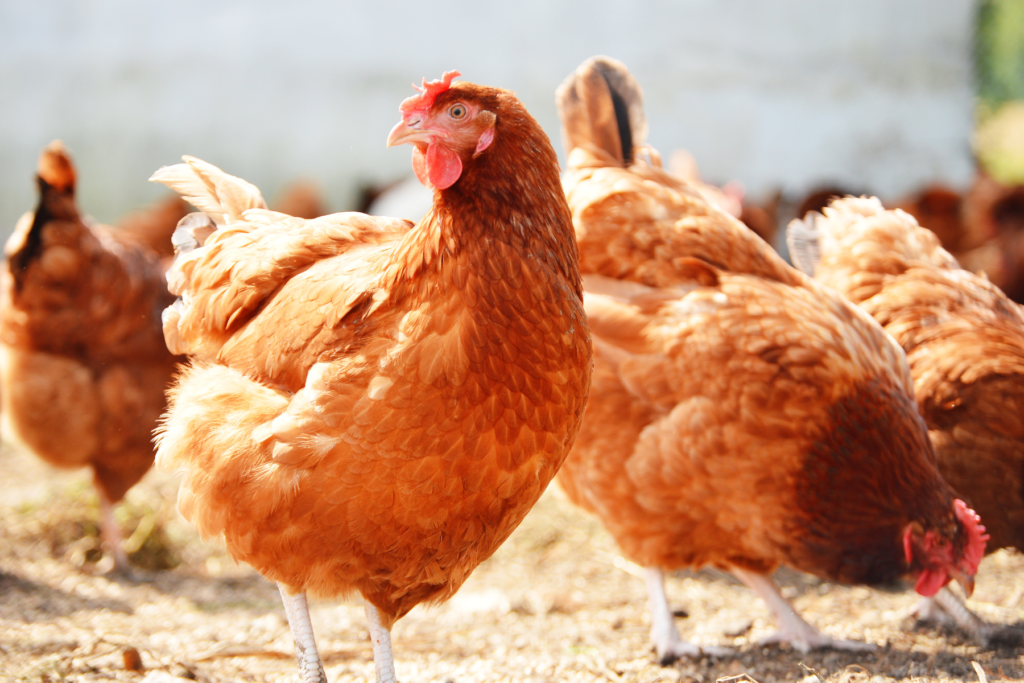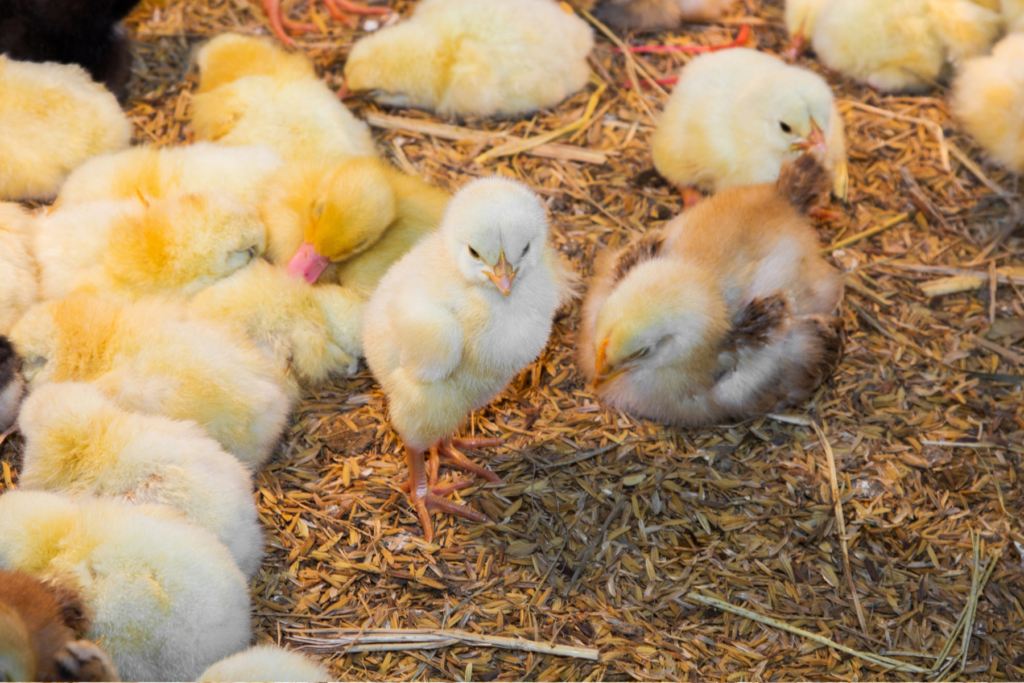- 19 February, 2024
- Posted by: Marketing Manager
- Category: agritech news, Blog, pig news, poultry news

In the heart of modern agritech advancements lies a dichotomy that challenges both traditional farming practices and contemporary animal welfare standards. At Greengage, we’ve been at the forefront of developing poultry lighting and welfare sensors designed to optimise the health and productivity of pigs and poultry. Yet, a prevailing trend in legislation and welfare schemes raises important questions about the intersection of animal welfare, consumer perceptions, and farming realities.
The Anthropomorphic Conundrum
It’s a common sight in discussions around animal welfare: well-meaning activists and legislators anthropomorphise farm animals, attributing human emotions and needs to creatures whose biological and psychological makeup are distinctly different from our own. RSPCA’s plan to introduce windows in free-range poultry sheds exemplifies this trend. On the surface, it seems like a step towards “naturalising” the living conditions of farm animals. But a deeper dive reveals a more complex picture.
The Misguided Sunshine
Contrary to popular belief, modern poultry sheds are equipped with high-quality, balanced lighting designed to cater specifically to poultry’s well-being. Introducing direct sunlight creates hotspots and overly bright patches, leading to uneven distribution of birds within the shed, increased stress due to shadows (chickens are, indeed, afraid of shadows), and higher ambient temperatures. The proposed windows, while visually appealing to the human eye, offer no direct benefit to the chickens and come with significant financial costs for farmers.

The Paradox of Free-Range Windows
For free-range chickens, the presence of pop-holes already provides with light and ample opportunity for outdoor access. Adding windows to these environments could, paradoxically, confuse the birds and potentially deter them from venturing to the pop-holes and going outside. This not only undermines the very essence of free-range farming but also introduces unnecessary expenses.
A Broader Perspective: Animal Welfare and Food Production
The recent ruling by the European Court of Human Rights (ECHR) on the prohibition of non-stunned animal slaughter in Belgium brings another dimension to the debate. The court’s decision, which aligns with animal welfare concerns will completely deprive the country of kosher and halal meat production. While it might not infringe upon religious freedoms (kosher and halal meat would still be possible to import), it does certainly underscore the complexity of balancing ethical, cultural, and practical considerations in food production.
As we reflect on this ruling and its implications, it’s crucial to recognize the broader challenges facing the animal production sector. The push for reforms, often driven by a mix of morality, human rights, and animal welfare, sometimes overlooks the pragmatic aspects of food production. Our aim should not be to humanise animals but to understand and cater to their specific needs, ensuring their well-being within the confines of sustainable and ethical farming practices.

Conclusion: A Call for Informed Dialogue
At Greengage, we believe in the power of technology to enhance animal welfare and productivity. However, as the debate around windows in poultry sheds illustrates, technological solutions must be complemented by informed, nuanced discussions about what truly benefits the animals in our care.
We invite our readers to join the conversation, considering not just the anthropomorphic views that shape public opinion, but the scientific and practical insights that can lead to genuinely improved outcomes for farm animals and the agriculture sector at large.
What are your thoughts on the balance between animal welfare, farming practices, and consumer perceptions?